This sermon was given at St. Augustine’s Episcopal Church, Washington, D.C. on March 14, 2021, Laetare Sunday. John 3.14-21 (lectionary for the day here).
continue reading.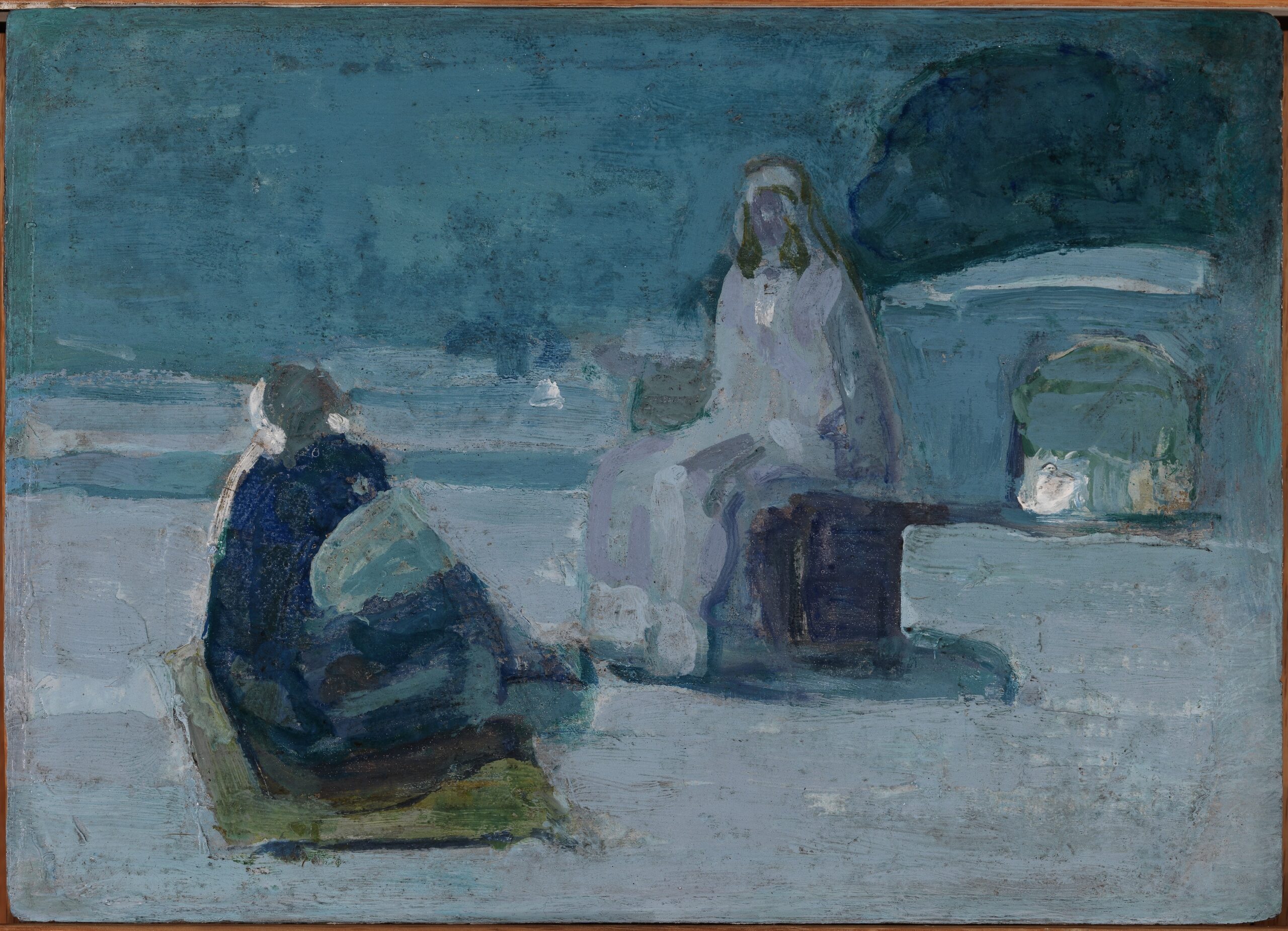

This sermon was given at St. Augustine’s Episcopal Church, Washington, D.C. on March 14, 2021, Laetare Sunday. John 3.14-21 (lectionary for the day here).
continue reading.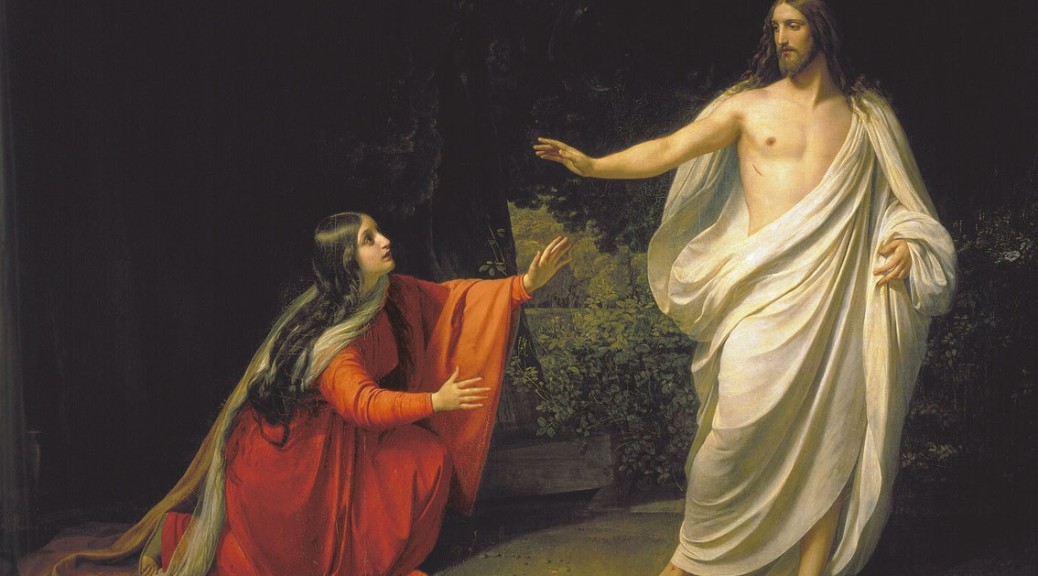
Just imagine.
They thought the world had ended. Everything they believed had fallen apart. The man they trusted, the man they followed, leaving their families and work behind, had died, and it was not a dignified or gentle death. They were unable to comfort him as he left. They mourned. They were afraid, hiding behind closed doors, unsure if they would be next. People gossiped. A poor man, a good man, had died, and the powers that be were ok with that. The world was dark. There were earthquakes.
This was not the plan.
And then, Sunday morning. Just imagine. A garden, blooming with flowers, shining and green, and a woman, alone, grieving, walking in that bright place, perhaps thinking how strange it was to see such beauty and feel such sadness, to be surrounded by life and growth when Jesus was dead. continue reading.
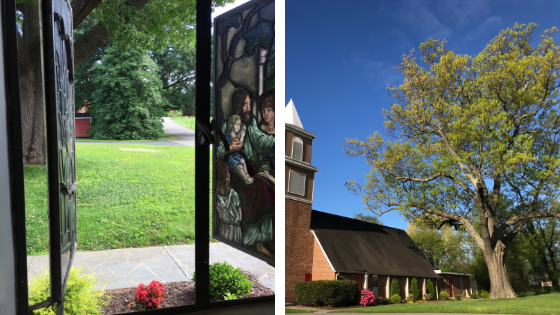
Sermon at St. Elizabeth’s Episcopal Church in Roanoke, Va., on July 14, 2019, the fifth Sunday after Pentecost, two Sundays before the last Sunday before I stepped away from my work there as director of music in order to begin studies at Virginia Theological Seminary, as a postulant for holy orders (priesthood) in the Episcopal Diocese of Southwestern Virginia.
***
“What must I do to inherit eternal life?”
“Love the Lord your God with all your heart, and with all your soul, and with all your strength, and with all your mind; and your neighbor as yourself.
“Do this and you will live.”
Jesus reaches back into the Hebrew law to answer this.
But then, the lawyer asks a second question, maybe because, well, he is a lawyer.
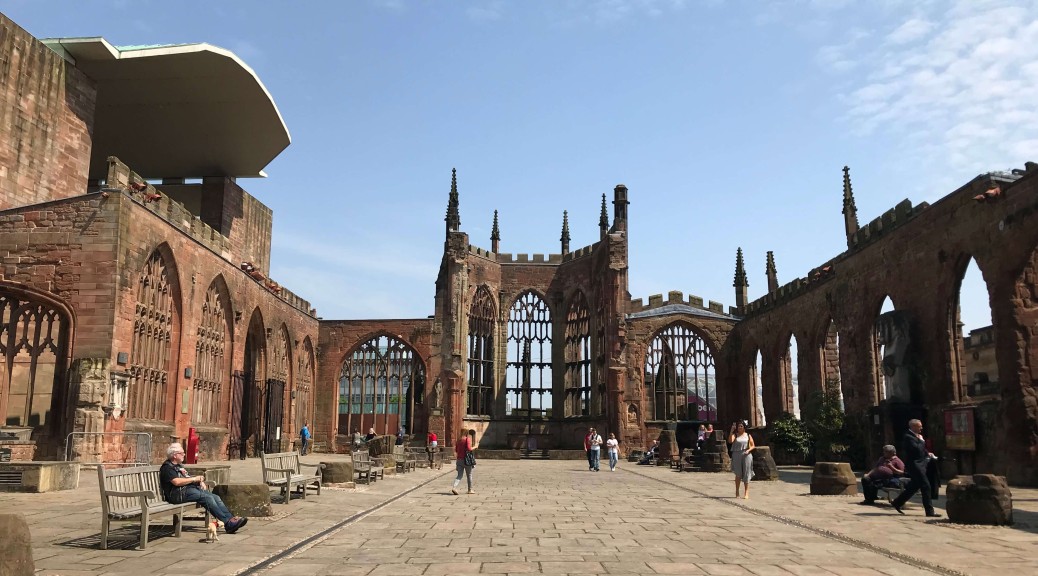
A sermon delivered at St. Elizabeth’s Episcopal Church in Roanoke, Virginia, on Good Friday, 2019 (April 19).
“Destroy this temple, and in three days I will raise it up.”
The first time I visited London, England, nearly 50 years had passed since the end of World War II, but you could still see the scars. One of our teachers showed us small, ragged pockmarks in the sides of great lion sculptures along the Thames, where shell fragments had struck them. The Imperial War Museum and other sites narrate the violence of the battles and the violence of the Holocaust. German bombs fell on the city for six years, killing 30,000 people and destroying 70,000 buildings. The beloved dome of St. Paul’s Cathedral survived because teams of people remained at the church round the clock, chasing after and disposing of anything that fell on its roof. And even that St. Paul’s, if you go a few more centuries back in history, was reborn after its own destruction – the previous St. Paul’s, a massive Gothic structure, was destroyed in the Great Fire of 1666 – the one we know was designed by the architect Christopher Wren, who re-visioned not only the churches but the very layout of London itself in the years following that great disaster.
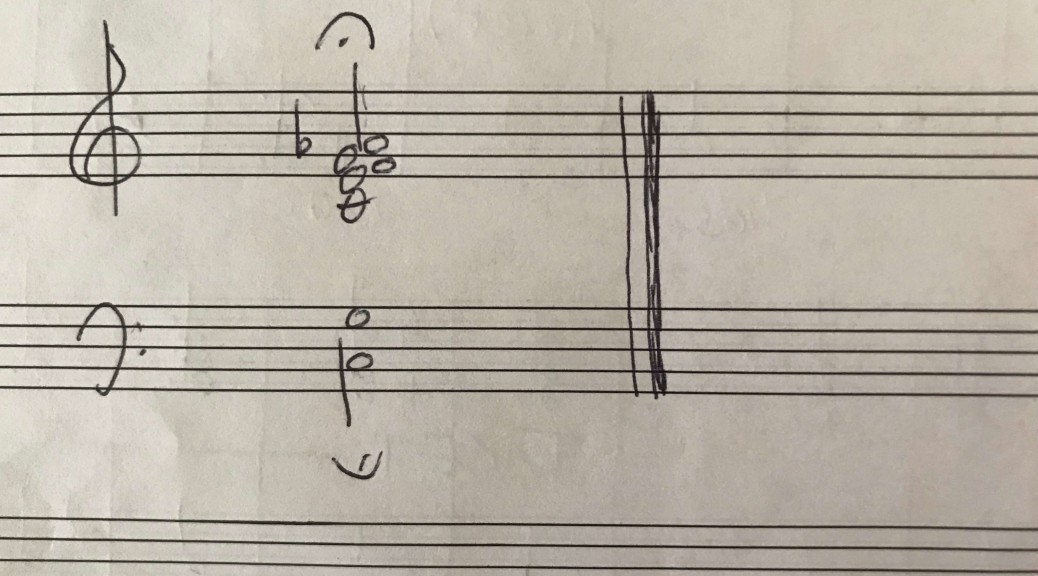
A “dissonant day.” That’s what the Reverend Barbara Kay Lunblad, a Lutheran pastor who’s taught at Yale, Princeton and Union Theological Seminary, calls today – a “dissonant” day of clashing images, one “big and powerful, the other small and poor.”
This is a day like the chord you just heard, made up of notes that aren’t in harmony with one another. Christ the King Sunday tells part of the violent end-and-not-end of Christ’s story, just before we begin to tell the beginning of it, this Sunday before Advent.